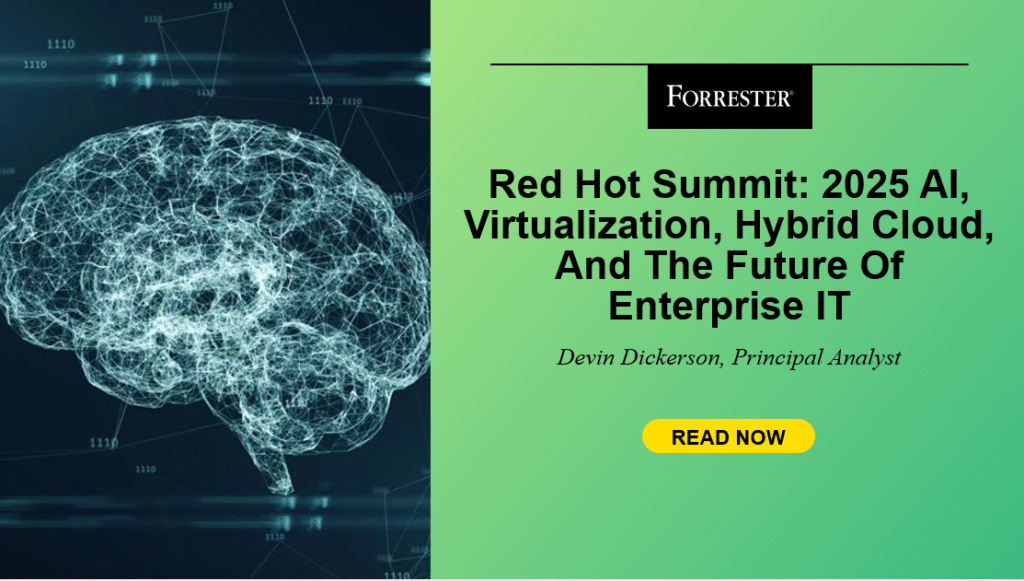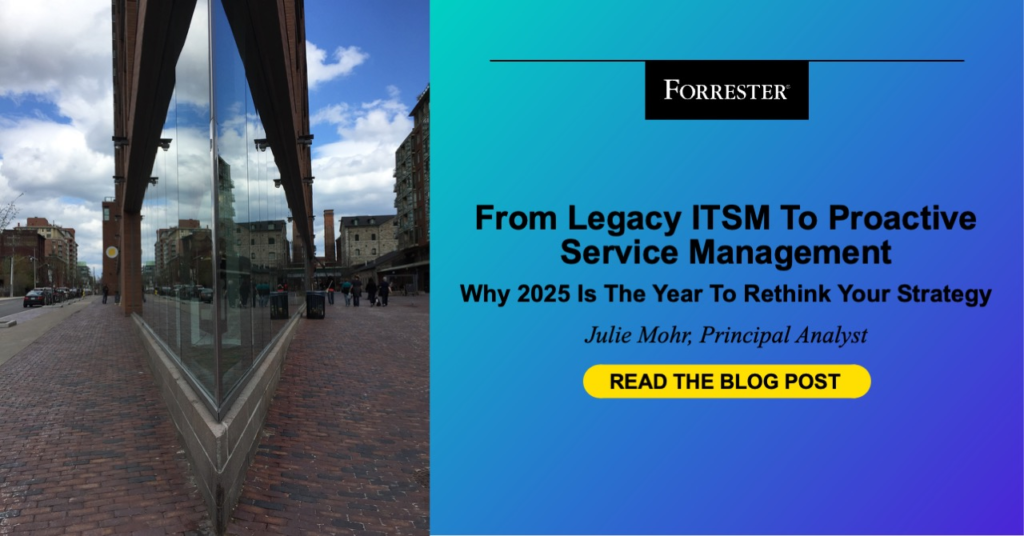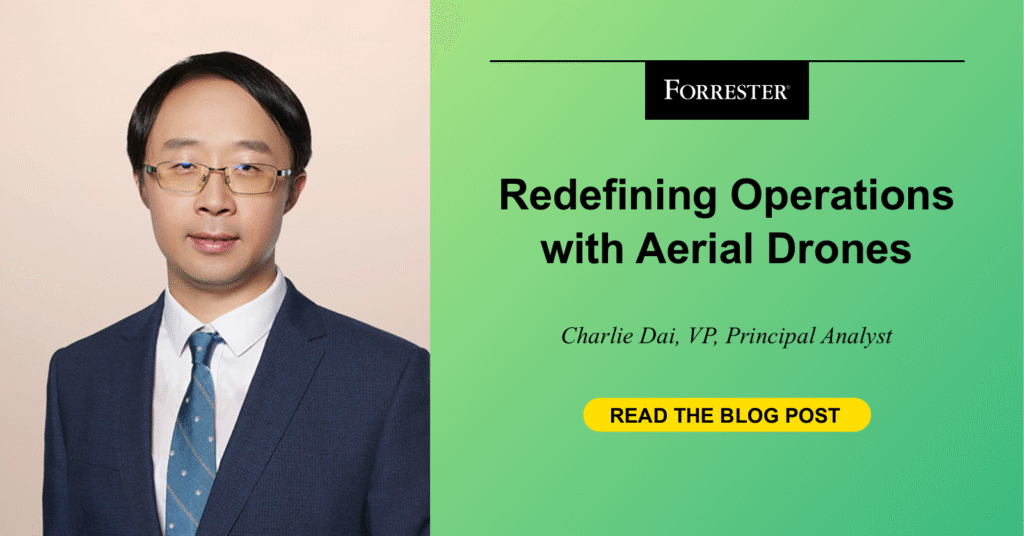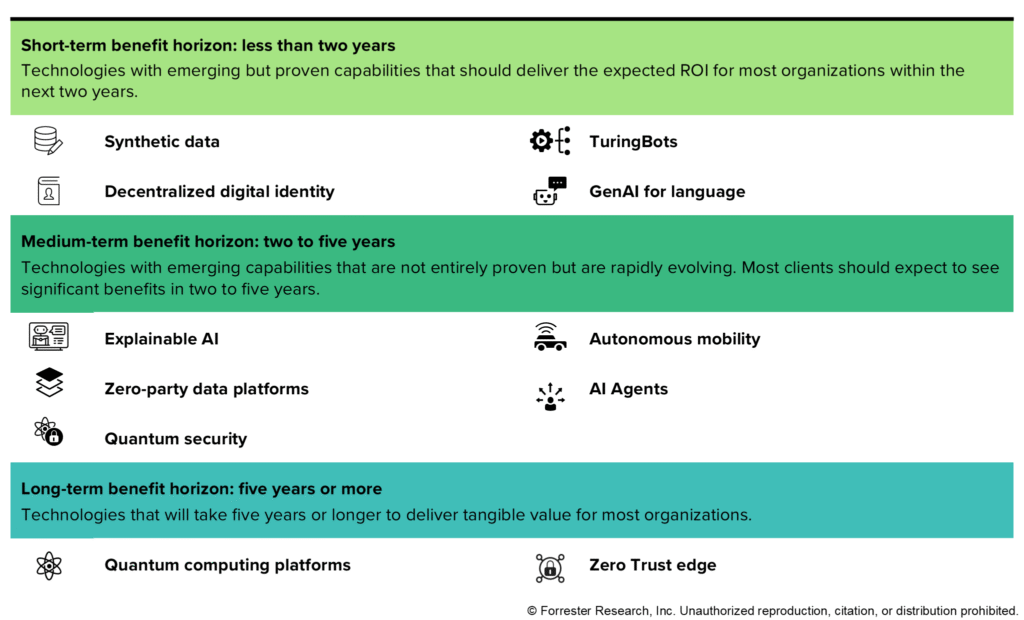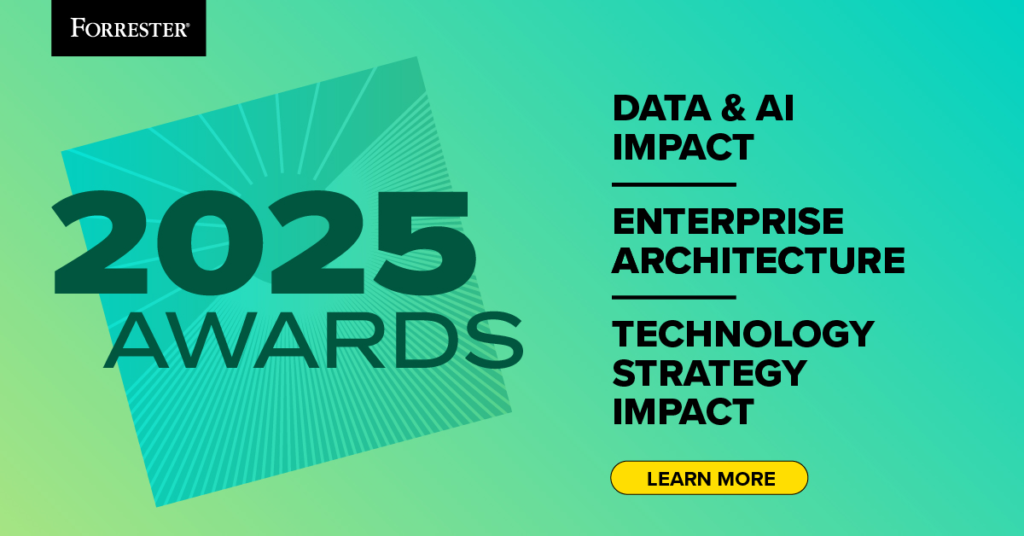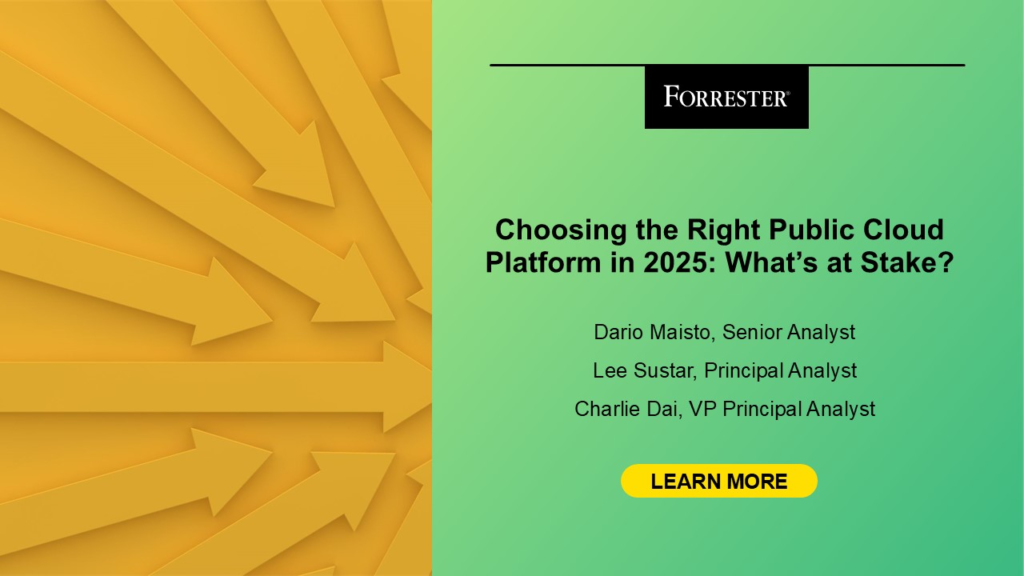Red Hat Summit 2025: AI, Virtualization, Hybrid Cloud, And The Future Of Enterprise IT
Red Hat CEO Matt Hicks opened the Summit discussing how AI has “changed the game,” with enterprise IT being transformed from top to bottom. Hicks emphasized that AI isn’t just about automation — it’s about building adaptive systems that learn, evolve, and deliver real value. Red Hat’s vision for the future of enterprise IT emphasizes AI integration, enabling agentic workloads, hybrid cloud, and open-source innovation. Much of the delivery of this message was encased in Red Hat’s prototypical manner, speaking directly to the platform engineer, operator, or developer rather than the executive. This delivery style highlights the core challenge for Red Hat in an increasingly service-oriented computing world. The big question: Will customers continue to embrace more complexity in exchange for openness and flexibility? Red Hat brought some impressive brands on stage to share their stories: Turkish Airways, Emirates, Ford, Aramco (the Red Hat Innovator of the Year), and Visa. Red Hat’s FlightPath (i.e., its modernization journey story) also got a customer shoutout on the main stage. All in all, these were the major statements made at Red Hat Summit 2025: AI is a foundational pillar AI is no longer just an overlay on Red Hat’s product suite — it’s being positioned as a new foundational pillar alongside Red Hat Enterprise Linux (RHEL), OpenShift, and Ansible. Red Hat’s AI platform builds upon this foundation, providing tools for fine-tuning, deploying, and managing AI workloads across hybrid and multicloud environments. The AI Inference Server aims to help scale models to production, while the llm-d open-source project, developed with partners such as IBM Research and NVIDIA, tackles inference efficiency across resource-constrained environments. Red Hat’s recent acquisition of Neural Magic further cements its interest in enabling performance, sparse-model execution at the edge. Like with many of Red Hat’s offerings, these moves aim to not simply chase trends but reshape its open infrastructure to make AI a first-class citizen, albeit in a way that assumes substantial in-house expertise (or a GSI partner). OpenShift Virtualization emerges as a lifeboat for enterprises wary of vendor consolidation Built on KubeVirt, OpenShift Virtualization allows VMs and containers to coexist within the same Kubernetes environment, giving platform teams more flexibility in how they modernize workloads. At Summit, Red Hat doubled down on OpenShift as the future control plane not just for containerized workloads but for virtualized ones, as well. New features in OpenShift 4.18, including enhanced live migration, persistent memory, and custom networking, help bridge the gap between old and new, but Red Hat’s assumption that enterprises will manage this complexity in pursuit of flexibility is a gamble that may not resonate with customers expecting simplicity from modern platforms. RHEL 10: security and innovation Red Hat Enterprise Linux 10 messaging was front and center everywhere throughout the conference. Although there were many messages on RHEL 10 improvements, security was called out most prominently. The message was targeted at the CISO aim to balance innovation and security. Red Hat’s expanded Common Vulnerabilities and Exposures (CVE) coverage for Extended Update Support (EUS) and Extended Life Cycle Support (ELS) reduces friction for compliance-focused teams. The RHEL Security Select Add-On offers a 10-pack of CVE fixes, giving security teams greater control. What isn’t as clear is the price tag for this peace of mind. Red Hat has also been working closely with IBM and IBM Research to build out better support into the IBM infrastructure and cloud, along with a focus on “quantum-safe” capabilities to scan libraries for vulnerable items. Software supply chain security and the Red Hat Developer Hub Secure code and developer productivity go hand in hand by integrating security into the software development lifecycle, enabling faster releases, and reducing unplanned work. Red Hat Developer Hub, built on Backstage, provides AI tools and preconfigured templates that enable developers to integrate AI capabilities into existing applications, enhancing customer outcomes without requiring extensive rewrites. Trusted Artifact Signer ensures trusted AI model deployments, strengthening software supply chain security. Red Hat Trusted Profile Analyzer streamlines software bill of materials (SBOM), Vulnerability Exploitability eXchange, and CVE management and provides development teams security feedback in their pipelines. On the horizon are cryptography-BOMs, essential for tackling post-quantum challenges, and AI-BOMs, an emerging technology that depends on greater transparency from model providers. Missing is the ability to ingest and enrich SBOMs for third-party components, which application developers need to assess security risks before integrating them into their applications. AnsibleFest: full integration into the Summit The message was clear: Automation is not a sidecar — it’s the chassis. Red Hat emphasized event-driven automation, extending Ansible’s capabilities into security operations, network infrastructure, and edge environments. New content collections and tighter integrations with ServiceNow and Terraform help unify workflows across tools and teams. For many organizations, though, the challenge remains in operationalizing these capabilities, especially where institutional silos or cultural resistance still stand in the way of true automation maturity. Red Hat’s focus on platform engineering as a strategic discipline may help, but it also puts pressure on enterprises to evolve faster than what they might be ready for. source
Red Hat Summit 2025: AI, Virtualization, Hybrid Cloud, And The Future Of Enterprise IT Read More »
